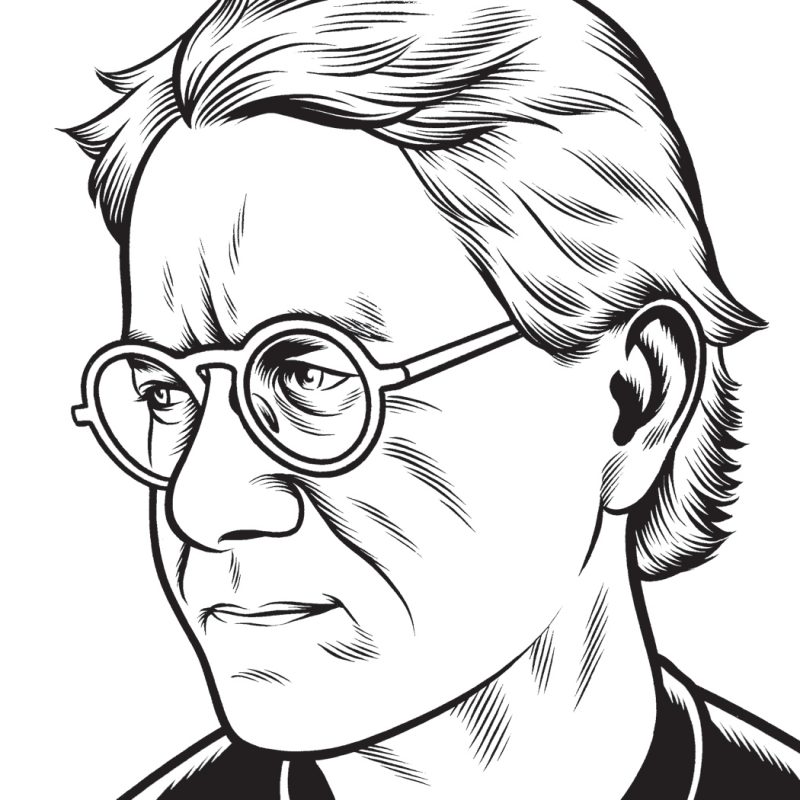(1) Robert Pattinson in Cosmopolis, written and directed by David Cronenberg (Alfama Films/ Prospero Pictures). This slight figure, in ill-fitting clothes, no matter how expensive they might be—he’s supposed to be a financial titan, or monster, twenty-eight and worth far more billions than that, about to embark on a journey of systematically destroying everything he has. Can he carry a whole movie? It doesn’t look like it. But as the film goes on, his face becomes at once more expressive and withdraws more completely into itself, and an Elvis ghost emerges around the smudged eyes, to the point that you half expect someone, maybe the cream-pie guerrilla, to say, “Hey, you’re the Elvis of money!” But then the sun goes down, Pattinson sits across the table from his nemesis, and as his eyes go glassy—not blank, but a milky pool with no refection—you could be watching The Manchurian Candidate, with Laurence Harvey sitting across from Frank Sinatra as red queens cover the table between them and Harvey remembers what he’s done. Except for Keira Knightley, Cronenberg’s last picture, A Dangerous Method, seemed cast on autopilot, with Viggo Mortensen as Freud and Michael Fassbender as Jung; this, from Juliette Binoche’s bouncing art dealer to Paul Giamatti reaching all the way down into his bag of losers, is displacing from the first moment to the last.
(2) Cat Power, Sun (Matador). There’s always been an acrid, suspicious edge behind Cat Power’s tone of voice; except with other people’s songs, where she might drift, get lost, and not care, she doesn’t let herself go. What’s new here, as the songs, which are indistinctly outlined, slowly take shape, is what I can only call womanliness: a certain warmth, an undeniable lack of fear.
(3) Matthew Friedberger, Matricidal Sons of Bitches (Thrill Jockey). This is the other half of Fiery Furnaces’ twelfth solo album, and the fifth this year. (“I’m supposed to make two records this fall,” the one-man orchestra Friedberger writes, “one home made one and one ‘proper’ studio one—I think of those as being from 2012. But they won’t be out till next year. In other words, I’m confused by this.”) And that’s not even counting the “Table” series, which is said to include one album for each of the 118 elements in the Periodic Table. For the meantime, this is described as being inspired by Hollywood’s Poverty Row, the no-budget fly-by-night letterhead studios that churned out countless B to Z pictures in the 1930s and ’40s. You get a feel for the people hanging around the lots in Nathanael West’s 1939 The Day of the Locust; you can...
You have reached your article limit
Sign up for a digital subscription and continue reading all new issues, plus our entire archives, for just $1.50/month.
Already a subscriber? Sign in





